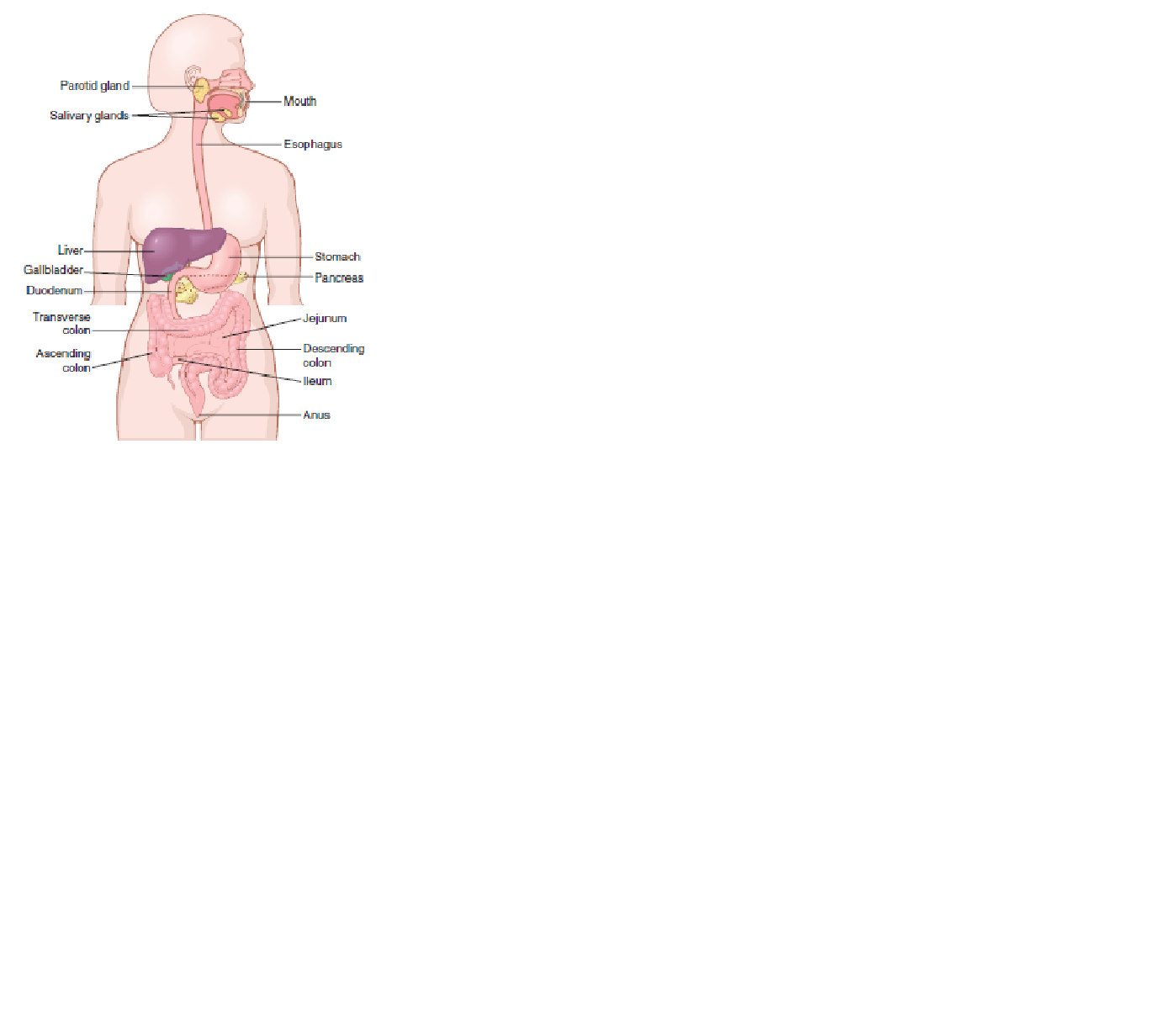
GIT & HEPATOBILLIARY SYSTEM
The primary function of the digestive (gastrointestinal or GI) system (gastro means “stomach”) is to transfer nutrients, water, and electrolytes from the food we eat into the body’s internal environment. Ingested food is essential as an energy source, or fuel, from which the cells can generate adenosine triphosphate (ATP) to carry out their particular energy-dependent activities, such as active transport, contraction, synthesis, and secretion. Food is also a source of building supplies for the renewal and addition of body tissues.The act of eating does not automatically make the preformed organic molecules in food available to body cells. Food first must be digested, or chemically broken down, into small, simple molecules that can be absorbed from the digestive tract into the circulatory system for distribution to the cells.The digestive system contributes to homeostasis by transferring nutrients, water, and electrolytes from the external environment to the internal environment. The digestive system does not directly regulate the concentration of any of these constituents in the internal environment. It does not vary nutrient, water, or electrolyte uptake based on body needs (with few exceptions); rather, it optimizes conditions for digesting and absorbing what is ingested.
At the end of the lesson students will be able to learn;
General structure and function of gastrointestinal tract, Enteric nervous system, control of gastrointestinal motility and secretion, Mastication, Swallowing: mechanism and control, Functions, motility and secretions of stomach, Functions, motility,secretions,digestion and absoroption in small intestine, Functions, motility and secretions of large intestine, Function of GIT hormones, Functions of liver and its role in digestion through the production of bile and Endocrine & exocrine pancreas with its role in digestion


